Choosing the right group benefits plan is a crucial decision for Canadian employers looking to attract and retain top talent. As the workforce evolves, so do the options for employee benefits, with providers offering a range of models to meet diverse organizational needs. The 2025 Group Benefits Providers Report highlights the latest trends and models available, helping employers navigate the complex landscape of group benefits in Canada.
Understanding Group Benefits Plan Models
Canadian employers have access to several group benefits plan models, each designed to address different business sizes, budgets, and employee expectations. The main models include:
Traditional Insured Plans: These are the most common type, where employers pay a fixed premium to an insurance provider, and the provider assumes the risk of claims. This model offers predictability in budgeting and is ideal for organizations seeking stability and simplicity.
Administrative Services Only (ASO) Plans: With ASO plans, the employer self-funds the benefits and pays only for the claims incurred, while the insurance provider handles administration. This model can offer cost savings for employers with a healthy, predictable workforce but comes with increased risk if claims are higher than expected.
Health Spending Accounts (HSAs): HSAs provide employees with a set amount of money to spend on eligible health expenses. This flexible, tax-effective model empowers employees to tailor their benefits to their unique needs, making it popular among organizations seeking to enhance employee choice.
Flexible Benefits Plans (Flex Plans): Flex plans allow employees to choose from a menu of benefits options, often within a set budget. This model supports workforce diversity and changing employee demographics, enabling organizations to offer competitive, customizable benefits.
Key Trends in 2025
The 2025 report reveals several key trends shaping the group benefits landscape in Canada:
Increased Demand for Flexibility: Employees increasingly expect personalized benefits that reflect their lifestyles and health needs. Flexible plans and HSAs are gaining traction as a result.
Focus on Mental Health and Well-being: There is a growing emphasis on mental health support, with more plans including expanded coverage for counseling, wellness programs, and digital health resources.
Digital Transformation: Providers are leveraging technology to streamline benefits administration, improve user experience, and offer innovative digital health solutions.
Cost Management Strategies: Employers are adopting cost containment measures such as ASO plans, wellness initiatives, and preventive care programs to manage rising benefits costs without compromising coverage quality.
Choosing the Right Plan Model
Selecting the best group benefits plan requires a careful assessment of organizational goals, employee demographics, and budget constraints. Employers should consider:
The level of risk they are comfortable assuming (insured vs. self-funded)
The importance of flexibility and employee choice
The desire to support employee well-being beyond traditional health and dental coverage
Working with experienced benefits providers and advisors can help employers design a plan that aligns with their unique needs and supports long-term business success.

